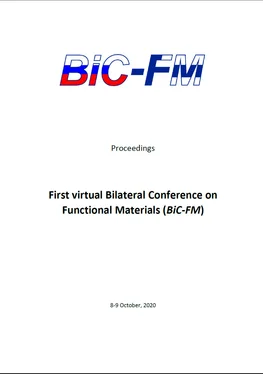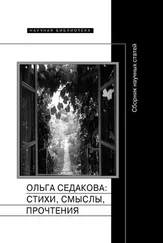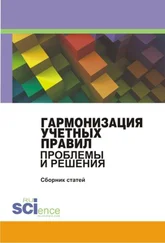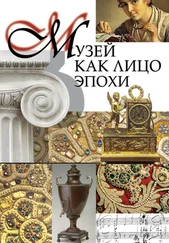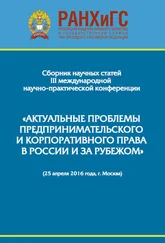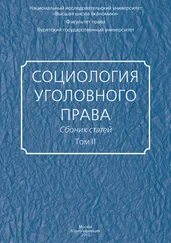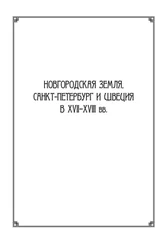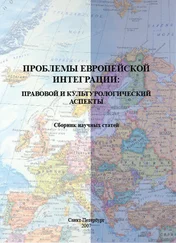More data on the crystal structure and properties of Li-rich LiFePO 4and OH-substituted LiFePO 4as well as the interrelation between “new” and “old” defects in synthetic phosphates and natural olivine-type minerals will be presented and analyzed.
Acknowledgement.This work was supported by the Russian Foundation for Basic Research, grant 18-29-12097.
Ceramic fuel cell fabrication trend from conventional methods to digital printing
Muhammad Imran Asghar 1,2, Peter D. Lund 1
New Energy Technologies Group, Department of Applied Physics, Aalto University School of Science, P. O. Box 15100, FI-00076 Aalto, Espoo, Finland.
Faculty of Physics and Electronic Science, Hubei University, Wuhan, Hubei, 430062, China.
imran.asghar@aalto.fi
Ceramic fuel cell, a.k.a. solid oxide fuel cell, has been emerging as a clean energy technology [1–3]. Researchers of the fuel cell community have been reporting promising electrode and electrolyte materials for the fuel cell since many decades. Many researchers reported fabrication of their cells using power-press methods [4,5]. Although this method is good for the small-scale research studies, this method is not suitable for large-scale upscaling of the technology. The current state-of-the-art ceramic fuel cells are manufactured using tape-casting and screen-printing techniques. Other techniques such as pulse laser deposition, spraying techniques, atomic layer deposition, physical and chemical vapor deposition methods, have been reported as well. Recently, the fabrication of ceramic fuel cell fabrication have been reported using ink-jet and 3D printing techniques. These low-cost printing techniques could solve many issues faced by the promising fuel cell technology. In this study, an overview on the trend of the ceramic fuel cell fabrication and their effects on the cell performance and stability will be presented. The key challenges related to the conventional and 3D fabrication will be highlighted in the work.
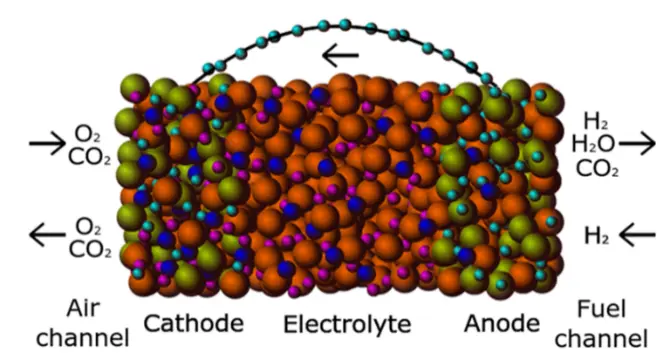

Figure 1:up) Traditional 3-layer ceramic nanocomposite fuel cell; down) so called “single-layer” ceramic fuel cell.
Acknowledgement.This work is supported by Academy of Finland (Grant No. 13329016). Dr. Asghar thanks Academy of Finland (Grant No. 13322738) and the Hubei overseas Talent 100 program for their support.
References
[1] M. I. Asghar, M. Heikkilä and P. D. Lund, Materials Today Energy, 5 (2017) 338.
[2] M. I. Asghar, S. Jouttijärvi and P. D. Lund, International Journal of Hydrogen energy, 43 (2018) 12892.
[3] M. I. Asghar, S. Jouttijärvi and P. D. Lund, International Journal of Hydrogen energy, 43 (2018) 12797.
[4] M. I. Asghar, S. Jouttijärvi, R. Jokiranta, A. Valtavirta and P. D. Lund, Nanoenergy, 53 (2018) 391.
[5] M. I. Asghar, S. Jouttijärvi, R. Jokiranta, E. Hochreiner and P. D. Lund, International Journal of Hydrogen Energy, (2019).
Session 4: Photonics of functional materials I Chairs: N. Gippius/ D. Kopylova
10.00–10.25
Keynote Talk 9 Prof. Zhipei Sun
Nonlinear Optics with Nanomaterials
10.25–10.50
Keynote Talk 10 Dr. Yury Gladush
Aerosol synthesized carbon nanotube thin films for nonlinear optical applications
10.50–11.05
Oral Talk 9 Dr. Aleksei Emelianov
Individual SWCNT Transistor with Photosensitive Planar Junction Induced by Two-Photon Oxidation
11.05–11.20
Oral Talk 10 Dr. Dmitry Mitin
Strategies to optimize the optoelectronic performance of patterned single-walled carbon nanotube layers
11.20–11.45
Конец ознакомительного фрагмента.
Текст предоставлен ООО «ЛитРес».
Прочитайте эту книгу целиком, на ЛитРес.
Безопасно оплатить книгу можно банковской картой Visa, MasterCard, Maestro, со счета мобильного телефона, с платежного терминала, в салоне МТС или Связной, через PayPal, WebMoney, Яндекс.Деньги, QIWI Кошелек, бонусными картами или другим удобным Вам способом.
